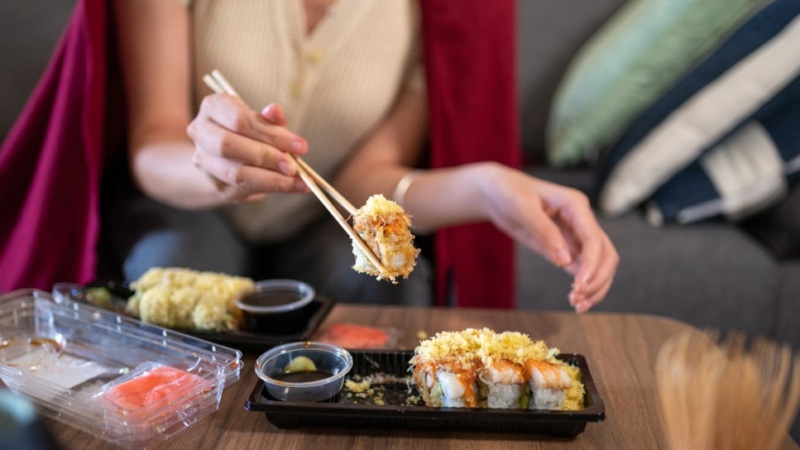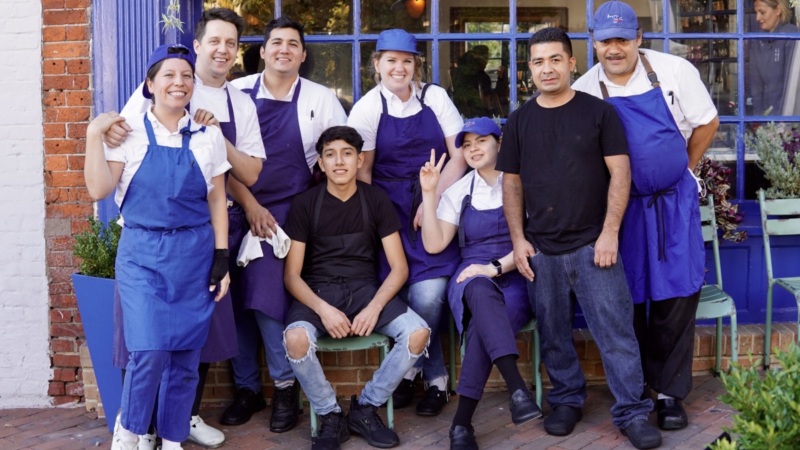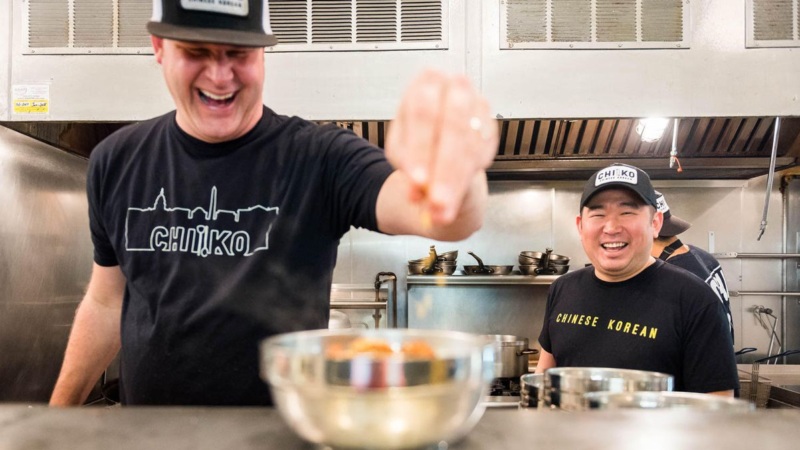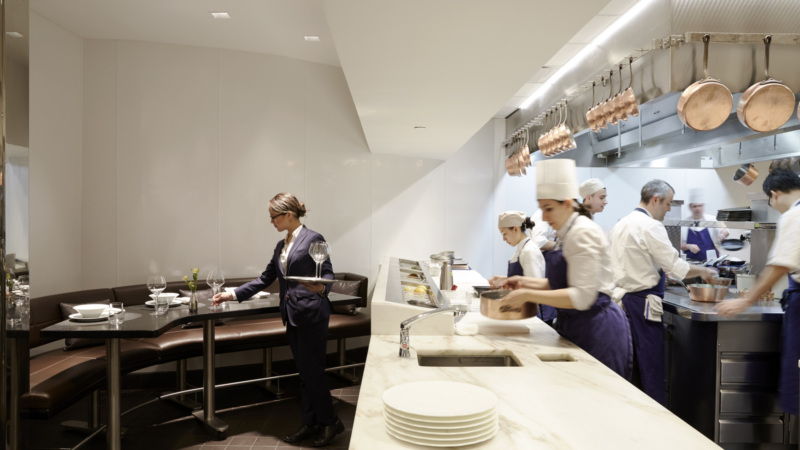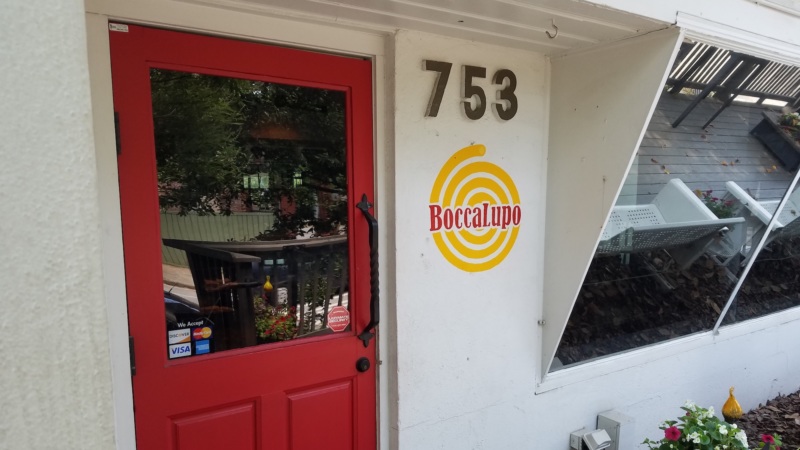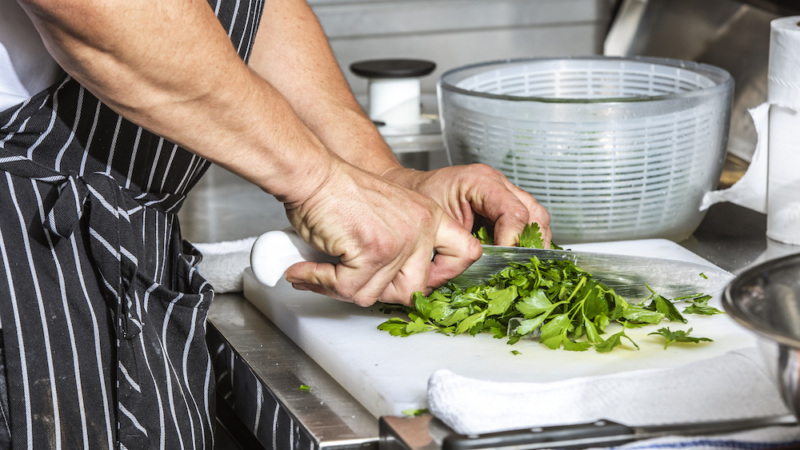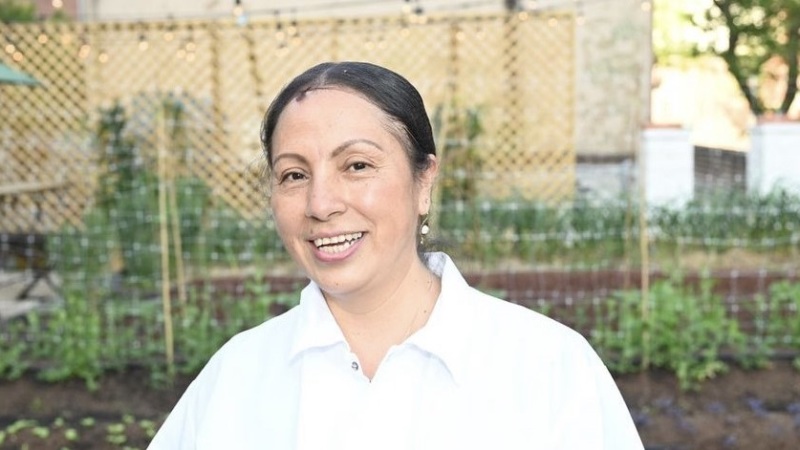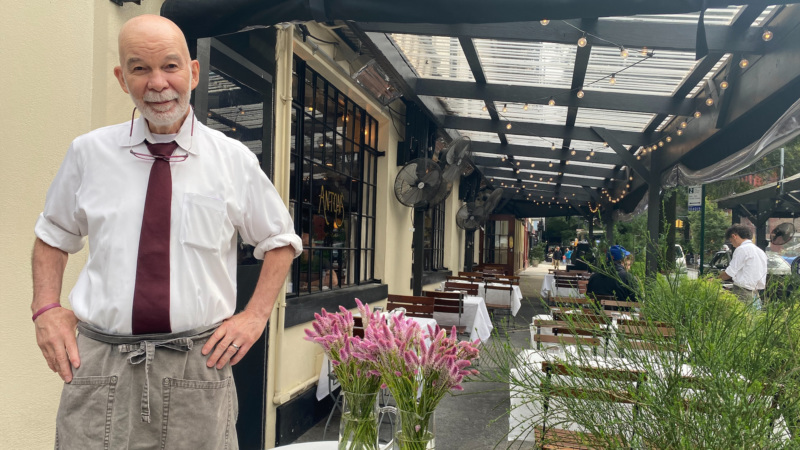
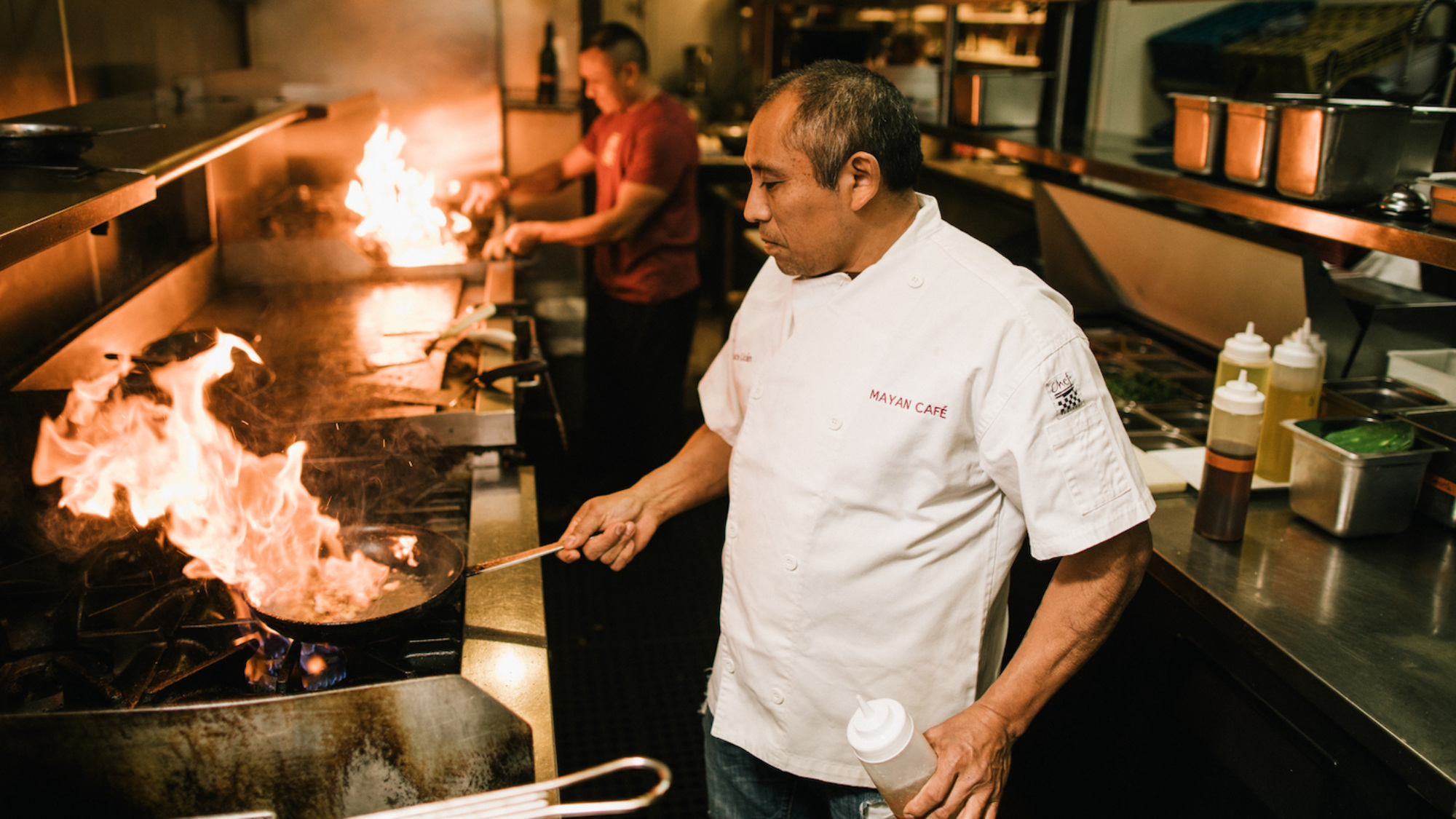
Six Strategies to Uplift Back of House Staff and Minimize Turnover
Staffing shortages, especially hiring and retaining back of house employees, continue to be a challenge for restaurant operators.
Looking for wisdom about how to help solve for that ongoing strain, we spoke with two operators who have established fresh business practices to combat employee attrition —and in doing so are concurrently striving for a more equitable work environment.
In Louisville, Kentucky, Anne Shadle, the co-owner of 15-year-old Mayan Café, has focused on creating “a safe, healthy, consistent, predictable work environment. A drama-free workplace.”
In Boston, Ted Kilpatrick, owner and beverage director of Chickadee, implemented a kitchen administration fee to pay his kitchen team a higher wage when the restaurant opened in July 2018.
Shadle and Kilpatrick shared their best practices to uplift back of house staff and minimize attrition.
1. Create a balanced culture with room for staff growth.
When Shadle helped open Mayan Café, she was new to the restaurant industry. It took her a while to understand what kind of culture she wanted at the restaurant—and what kind she didn’t. “Once I got better instincts, which took about 5 years, we started working toward a critical mass of staff that were vibing in a good way. Then if we did hire someone who didn’t fit, the rest of the team would flag it. I’m a protector of the whole, and no one person—including myself—matters more than the whole team.”
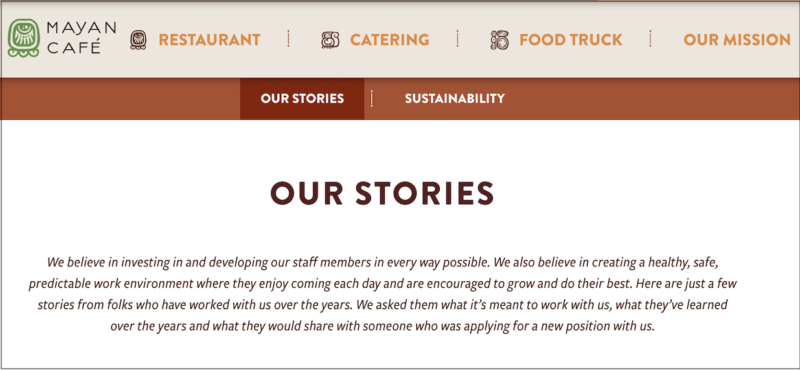

2. Ask what motivates each employee.
To better understand an employee’s specific needs, Shadle does an experiment with each of them. “I say to them ‘I’m going to give you five things to rank in order of importance: money; a certain schedule; working creatively; a challenge; meaningful work.’ Then I have them list them in order. Once I have a sense of their desires, I adjust how I manage them based on that information.”
3. Prioritize making a schedule that creates work-life balance.
Shadle believes that the key to staff loyalty is ensuring that work is not the only part of their life, as happens often with erratic work schedules that have staff on-call or working unsustainable hours. “I try to know what’s ideal for an employee, what is a consistent schedule for them. If you say you want to work 4 to 5 shifts a week, I’ll add you at 4 and ask you, if needed, if you can work more,” she says. “I’ve never once not approved a request for time off. It’s my job to figure it out.”
4. Upend preexisting compensation systems.
In an attempt to find creative ways to draw in kitchen staff—and keep them—Kilpatrick of Chickadee established a kitchen administration fee when the restaurant opened in 2018. The model was simple: “When we started, it was a 2% fee that was added tax-free to a check’s subtotal. Then, each week we would take the total hours worked for all the kitchen staff, and divide it by the kitchen administration fee’s total for that week. And that amount was added to every kitchen staffer’s weekly paycheck.”
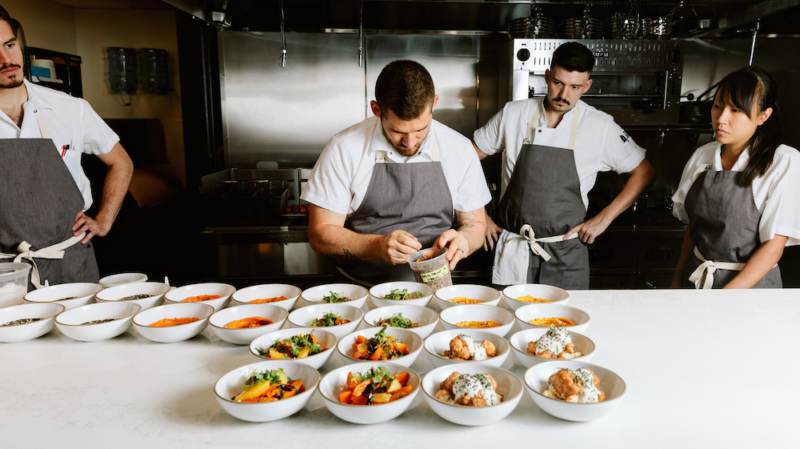

5. Have a script ready when guests have questions about new fees.
“The biggest complaint I hear is ‘I don’t want to be the one to pay more. You should raise the prices,'” says Kilpatrick. Over the years, he has honed a spiel. “I lead with ‘This is a noble experiment right now’ and note that of course we’d like to raise prices but we’re relatively young and unproven but still want to help our kitchen have a better quality of life and—quite frankly—the fee system is working.” You can see Chickadee’s explanation of the Kitchen Administration Fee on their website here.
6. Tweak as you go.
At the beginning of 2022, Kilpatrick analyzed check data and came up with an adjusted approach: increase the percentage added on to guest checks from 2% to 4% and create a discretionary fund for the excess. This account will serve as additional financial resource for staff as an emergency fund and a cushion for annual bonuses.
*Opinions and views in articles shared on Resy OS are presented for the purpose of discussion and commentary on topics of interest in the restaurant industry; they should not be viewed as substitutes for advice given by professionally engaged business consultants and advisors.


